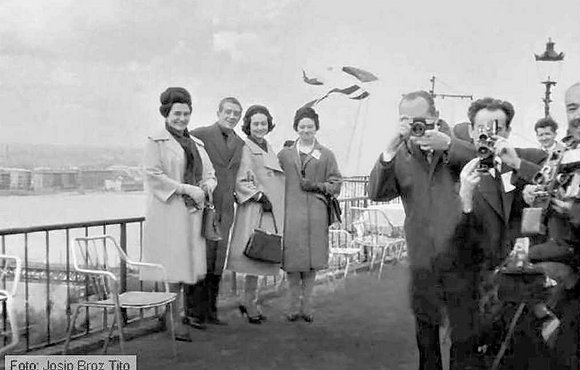How We Filmed Comrade Tito
The film explores and describes the functioning of the system in which master cameramen knew – or had to guess (because they could only rely on tacit rules – if any) – how to film President Tito.
Those who grew up watching television in the 1960s and '70s remember the shots of President Tito. We would see a speaker reading news about him in the beginning of TV news, usually accompanied by an archive photo. As Tito would always be shown in carefully selected official situations, it was a true shock to see him in Serbian filmmaker Dušan Makavejev's film Parade: a camera caught him while impatiently, maybe even angrily, looking at his watch, waiting for a car which was to take him to a May-day parade. Hundreds of experts, the best there were, worked on Tito's TV shots. An old photographer remembered how he had a chance to take a picture of Tito studying an automated teller machine. He would not sell that photo to foreign press for any money.
Getting to shoot the President was considered as recognition of one's professional skills. It was a matter of honor to send a direct report from some god-forsaken place or broadcast news of some formal occasion, or catch some neat spontaneity, maybe; mistakes were not an option. This is why this film does not deal with reporters and editors, but rather with cameramen, sound recordists, lighting and other technicians, drivers, editors…

